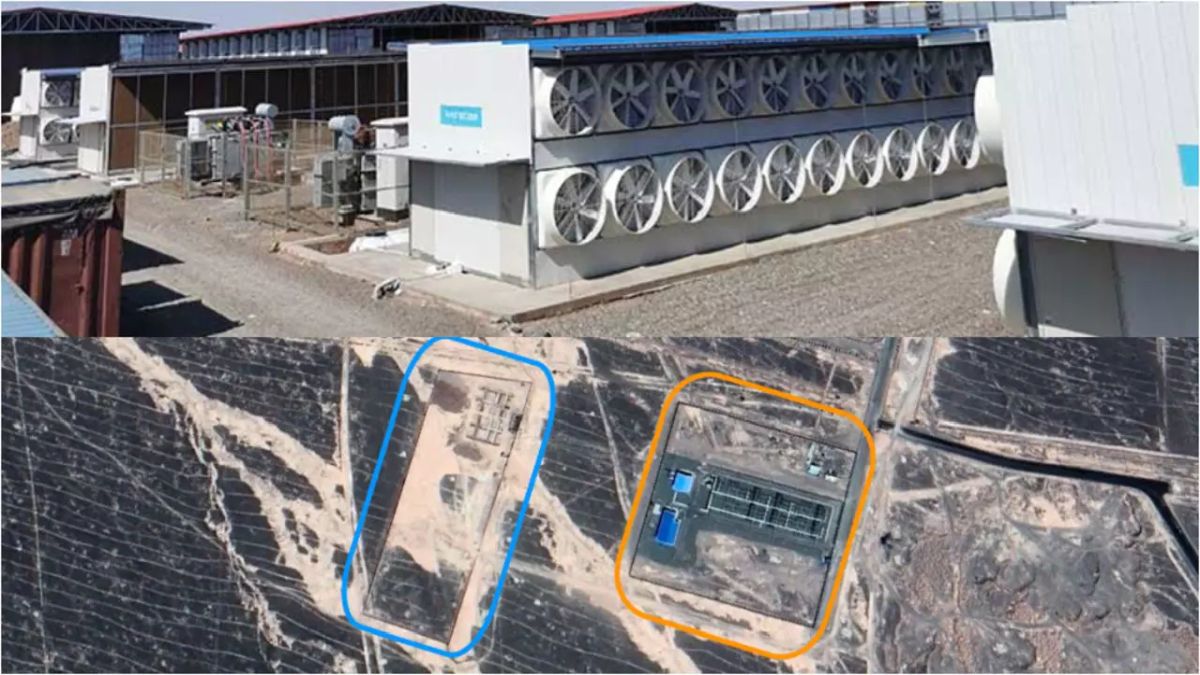One of its primary goals in enforcing a ban is to prevent several major cities within its borders from being repeatedly hit by crippling power outages, that is directly caused by these power-hungry cryptomining operations. The nationwide power outages first came to light back during February this year, when a major city in Iran was plagued with multiple power outages, brought about by GPU mining farms. The kicker to this story, however, is that these cryptofarms were not locally owned, but were in fact, owned by a China-based company called RHY. A primary reason why RHY chose to setup its operation in Iran is actually economic; compared to China, Iran’s electricity costs are four times lower, with the price per kilowatt currently set at US$0.027 (~RM0.11). To that end, it should come to no one’s surprise that Iran is home to no less than 14 massive, legal crypto farms, all of which consume around 300 Megawatts in total, although Iran’s state-owned grid, Tavanir, says the actual consumption is more conservative at just above the 200 Megawatt mark. At the time of writing, all 14 of these licensed mining farms have reportedly shut down voluntarily. (Source: The Verge, BBC)
